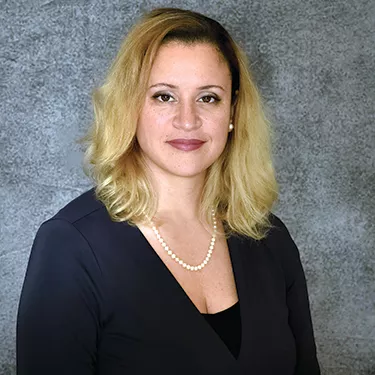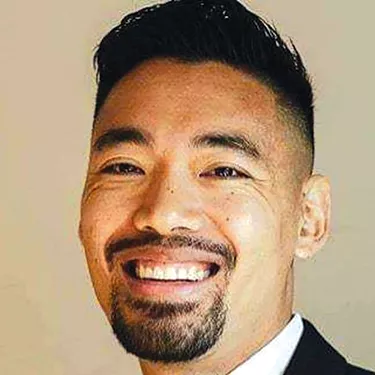Educators know that good communication between schools, families, and communities fosters students’ success.

“I can’t do this alone,” says Johanna Amaro, an English as a second language teacher in Plainfield, N.J. “The way I see it is, we’re a team. Getting the parents involved—students feel supported, and I feel supported at the same time.”
Decades of research shows that the more families and teachers share information with each other, the better they can support students’ academic and social achievement. Technology can help educators develop these authentic relationships from day one, especially for non-English speakers and other hard-to-reach families.
Make parents comfortable
At the beginning of the school year, try these tips to determine how families prefer to communicate.
- Establish a connection the “old-fashioned way.” Send home a letter, make a phone call, or talk with parents in person. For Amaro, this first interaction takes place through a newsletter. She encourages parents to come to back-to-school night or to schedule a parent-teacher conference.
- Ask families what methods of communication they are most likely to respond to, what languages are spoken at home, and even what holidays they celebrate, if they are willing to share.
- Keep a record of families’ communication preferences and needs. This will help you understand the best way to reach families, know when a translation tool is necessary—or create a multicultural calendar.
Neglecting to adapt to these communication preferences can break lines of communication between parents and teachers, ultimately harming the student’s progress.
Use language apps properly

English language learners are the fastest growing group of students in the nation, making up 10 percent of the K–12 school population, according to the NEA guide “All In! How Educators Can Advocate for English Language Learners.” When educators learn to navigate these language and cultural differences, more families feel welcome in the school community. Nothing can take the place of one-on-one communication, but here are a few ways that technology can help get the conversation started:
- Adopt translation tools. Curriculum and technology coach Michael Carvella suggests that educators and school districts use messaging apps with built-in translation tools, such as Seesaw and Clever.
“The fact that [apps] will translate into native languages for our parents is phenomenal. I never had that when I was in the classroom,” says Carvella, who taught elementary school in Oak Ridge Schools for 15 years before serving in his current role there. “If I had a Spanish-speaking family, I had to go find somebody to translate for us.” - Understand the limitations. These apps are helpful tools, Carvella notes, but they are not a perfected mode of translation. Many concepts or words cannot be translated perfectly, so be aware that there may be some confusion.
- Communicate authentically. It is essential to engage with parents without abusing translation tools, cautions Gabriel Tanglao, the associate director of the Office of Human and Civil Rights, Equity and Governance at the New Jersey Education Association. Instead of relying on the translation tool for every parent-teacher interaction, use the technology to learn how to say hello and “How are you?” in native languages.

“Try your best to learn the cultures and languages, even if it’s in basic communication,” Tanglao says. “Everything from [storytelling] skills to humor to dramatic pauses to different ways we all communicate—those are forms of linguistic capital, which is why it’s valuable that we recognize those assets and embrace them in our classrooms.”
After all, communication is double-sided. When teachers are willing to adapt to parents’ needs, parents are willing to adapt to a teachers’ needs. Working together, educators, parents, and students all feel supported.
As Amaro says, “We are all working towards the same goal—the success of their child.”
Are you an affiliate?



